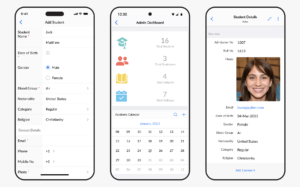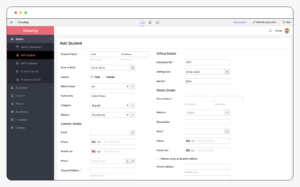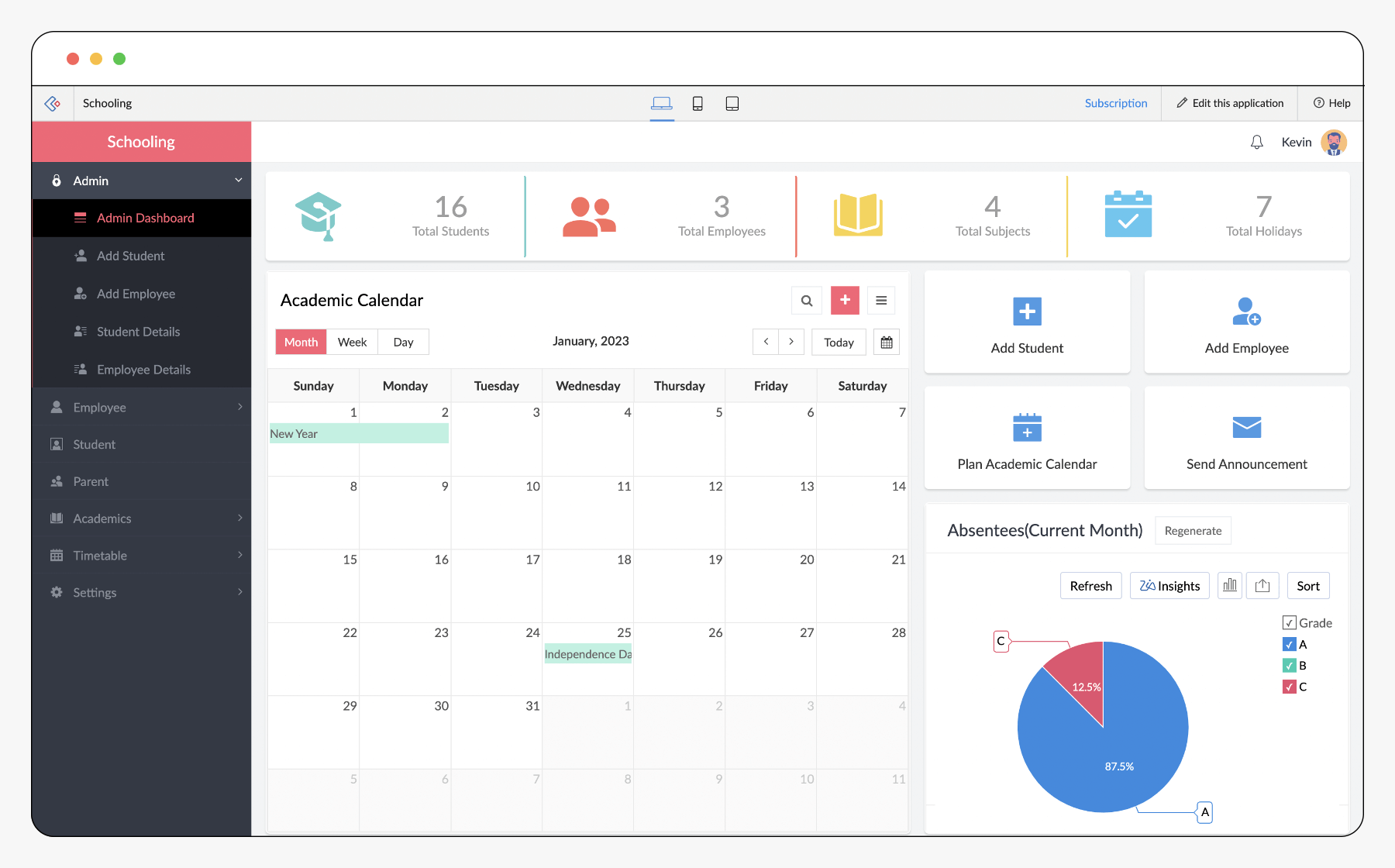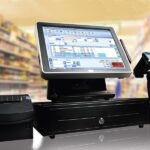In today’s fast-evolving educational landscape, the demand for efficient, technology-driven solutions has never been higher. School Management Systems (SMS) are at the forefront of this transformation, streamlining administrative tasks, enhancing communication, and supporting academic excellence. As technology continues to advance, here are the key features every modern institution should look for in a future-ready School Management System.
1. Cloud-Based Accessibility
The future of education is flexible and borderless. Cloud-based School Management Systems allow administrators, teachers, students, and parents to access information anytime, anywhere. This ensures seamless operations, even in remote learning environments, and eliminates the risk of data loss associated with traditional on-premise systems.
2. Integrated Communication Tools
Effective communication between schools, parents, and students is crucial. Advanced SMS platforms come with built-in messaging systems, email notifications, and mobile apps, fostering real-time interaction and ensuring that important updates are never missed.
3. Automated Administrative Processes
Automation is key to reducing manual workload. Features such as automated attendance tracking, fee collection, grade management, and timetable scheduling save time, reduce errors, and allow staff to focus more on educational outcomes.
4. Advanced Data Analytics and Reporting
Data-driven decision-making is the hallmark of modern institutions. Robust School Management Systems offer real-time analytics, customizable reports, and performance dashboards that help administrators track student progress, financial health, and overall institutional performance.
5. Secure Data Management
With increasing concerns around data privacy, security is non-negotiable. Future-ready SMS platforms employ advanced encryption, role-based access control, and regular data backups to protect sensitive information from unauthorized access and cyber threats.
6. Mobile-Friendly Interfaces
The widespread use of smartphones means that mobile compatibility is essential. A responsive design or dedicated mobile apps enable students, teachers, and parents to manage schedules, view grades, and communicate on the go.


7. Customizable Modules
No two institutions are the same. The best SMS solutions offer customizable modules that can be tailored to meet the unique needs of different educational settings, from preschools to universities.
8. Integration with Third-Party Applications
To create a seamless digital ecosystem, modern School Management Systems integrate easily with other tools such as learning management systems (LMS), accounting software, library management tools, and biometric devices.
9. Online Learning and Assessment Tools
With the rise of e-learning, having integrated virtual classrooms, online assessments, and e-content management capabilities within the SMS is becoming essential for supporting blended and remote learning models.
10. Sustainability and Scalability
Future-ready systems are built to grow with the institution. They are scalable to accommodate increasing numbers of students and staff and sustainable in terms of maintenance and long-term technological relevance.
Conclusion
As educational institutions prepare for the future, adopting a comprehensive School Management System is no longer optional—it’s a necessity. By focusing on features that enhance accessibility, security, automation, and data-driven insights, schools can ensure they are well-equipped to meet the demands of modern education. At Teqmidas I.T Solutions, we specialize in providing cutting-edge School Management Systems tailored to support the dynamic needs of today’s educational institutions.








1 Comment
your code of destiny
I am really impressed together with your writing talents as smartly as with the layout for your blog. Is that this a paid subject matter or did you modify it your self? Either way stay up the excellent quality writing, it’s uncommon to see a great weblog like this one today